Biking or cycling – whichever term you wish to use, it’s a fun activity to get into and can also serve as a useful secondary form of transportation. Cycling may also introduce you to new social groups of others like yourself who are just looking for another fun activity, a way to stay fit, or just a way to expand their social circle and make new friends. If it has been a while since you’ve ridden a bike, you will most likely find that the technology of cycling, like everything else in our world, has changed. Bikes are lighter, more reliable, and offer many different options to fit your needs. From materials to electronic shifting, bikes have come a long way from the old Schwinns many of us may have grown up with.
Finding the right bike can be a daunting task, but I’m hoping to make it a little easier for you if you don’t quite know where to begin. In this first blog post, I’ll cover some of the more popular bicycle types, but there are others. One thing is for sure: regardless of the type of bike you choose, proper size and fit of your bike is one of the most important components of getting the best bike for you.
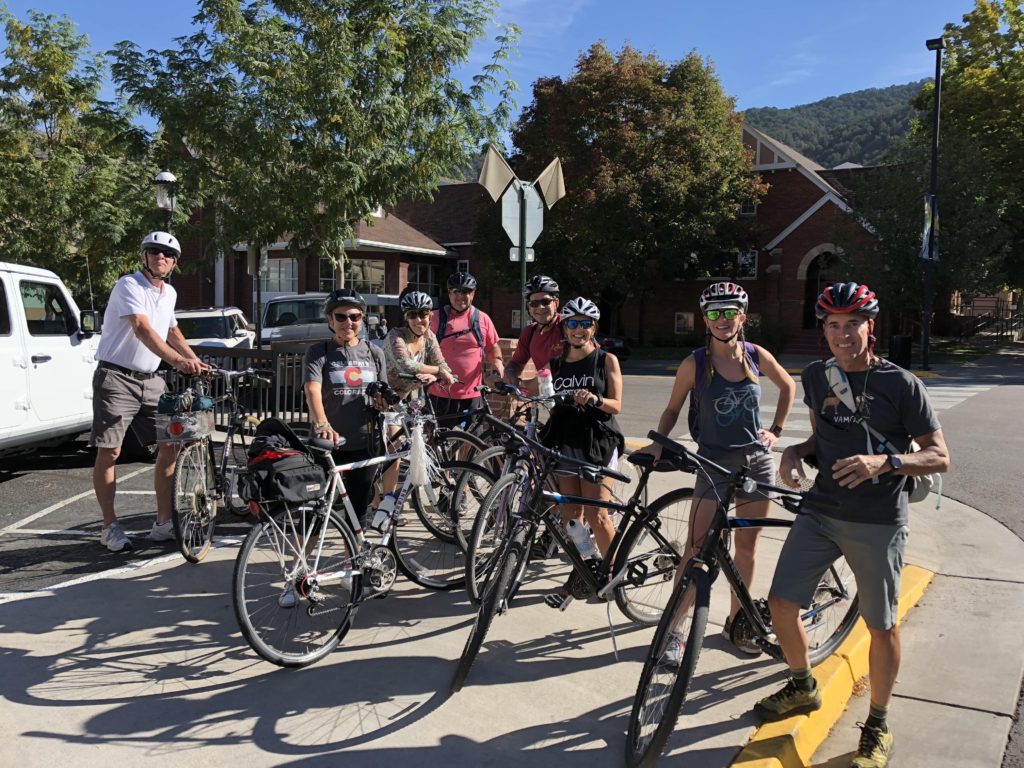
Group ride at one of our chapter rallies.
Generalities
Frames
Frames are made from various materials. At one time, bikes were most commonly made with steel tubing. Without getting too deep into the materials available for bikes today, the main materials you’ll see now if you start shopping are carbon, aluminum, steel, and even titanium, which is usually at a premium cost. All provide some difference in ride characteristics, such as stiffness and shock-absorbing capabilities, as well as weight.
Gearing
The number of gears on a bike is determined by the number of chainrings (which are attached to the crank where you pedal), multiplied by the number of cogs (the sprockets at the rear wheel). Most bikes today come with 1 or 2 chainrings, and typically 11 cogs. Back in the day, when a bike was called a 10-speed, it consisted of 2 chainrings and 5 cogs, thus making the “ten speed.” Today most shops will refer to the gearing of a bike as a “1 by” or “2 by” depending on whether there are 1 or 2 chainrings at the crank. If the number of “speeds” is important to you, think of it as an 11-speed or 22-speed: 11 gears (1 chainring x 11 cogs) or 22 gears (2 chainrings x 11 cogs). Some bikes will offer only one chainring so as to simplify the shifting and reduce weight. Gears are designed to offer easier or higher cadence pedaling for climbing, and harder or larger gearing for more speed.
Types
Road Bike
Let’s start with the road bike, or what many think of as the “10-speed.” (I think you would be hard-pressed to find an actual 10-speed these days unless it’s a much, much older bike.) The road bike typically has skinnier tires with more of a slick tread, and dropped handlebars. These types of bikes are still very popular today, but are typically used for, as the name suggests, riding on paved roads. Road bikes are the type of bikes you’d see used in the Tour de France and are made for riding further and with more speed, if one desires. These bikes typically have a smaller seat and put the rider in a more aggressive posture (leaned forward with a flatter back). These bikes are great for longer road rides where the rider wishes to be more aerodynamic and have the capability to go FAST! Road bikes can handle quickly and carve through corners as though on rails. They can weigh 15 pounds or less.
- Advantages: Light, fast, great for paved surfaces
- Disadvantages: Poor on loose surfaces; aggressive seating position
Mountain Bike
Mountain bikes are designed for climbing and descending more rugged terrain. They typically have front suspension and may or may not have a rear suspension. Bikes without the rear suspension are referred to as “hardtails.” Mountain bikes normally have a flat style of handlebar and provide a more upright riding position. The tires on a mountain bike are typically aggressive, with knobbies for holding traction on a loose surface such as dirt or rocks. The tires on mountain bikes are usually wider as well, from 2 inches in width upwards, with some being as wide as 3 inches. Once you start getting above the 3-inch width, you may be moving into the fat-tire bike area, although fat-tire bikes are just another type of bike altogether.
If you plan to truly go off-road and do some serious riding through rough terrain, the mountain bike may be the choice for you. The suspension allows the wheels to maintain better contact with the ground, absorb drops, and help climb over obstacles. However, with the suspension of a mountain bike also comes added weight. If you’re just looking at the bike from a riding comfort standpoint, there may be better options with less weight.
- Advantages: Great for off-road riding; suspension to absorb the bumps
- Disadvantages: Not so great for road riding; requires more pedaling effort
Hybrid Bike
Hybrids are really a cross between road bike and mountain bike. They typically have the flat-style bar of the mountain bike and no suspension. The frame geometry is very relaxed and should put the rider in an upright position. The tires are usually wider than the road bike, but not quite as wide as and not knobby like the mountain bike. Hybrids are a great bike for the casual rider and may have less gearing options than other styles. They are not designed to corner quickly like the road bike, and most are made for a less aggressive style of riding. Many electric bikes have taken on the geometry of the hybrid.
- Advantages: In-between tires can be suitable for packed dirt or road; casual riding style
- Disadvantages: Less gearing options; not the best for longer rides
Gravel Bike
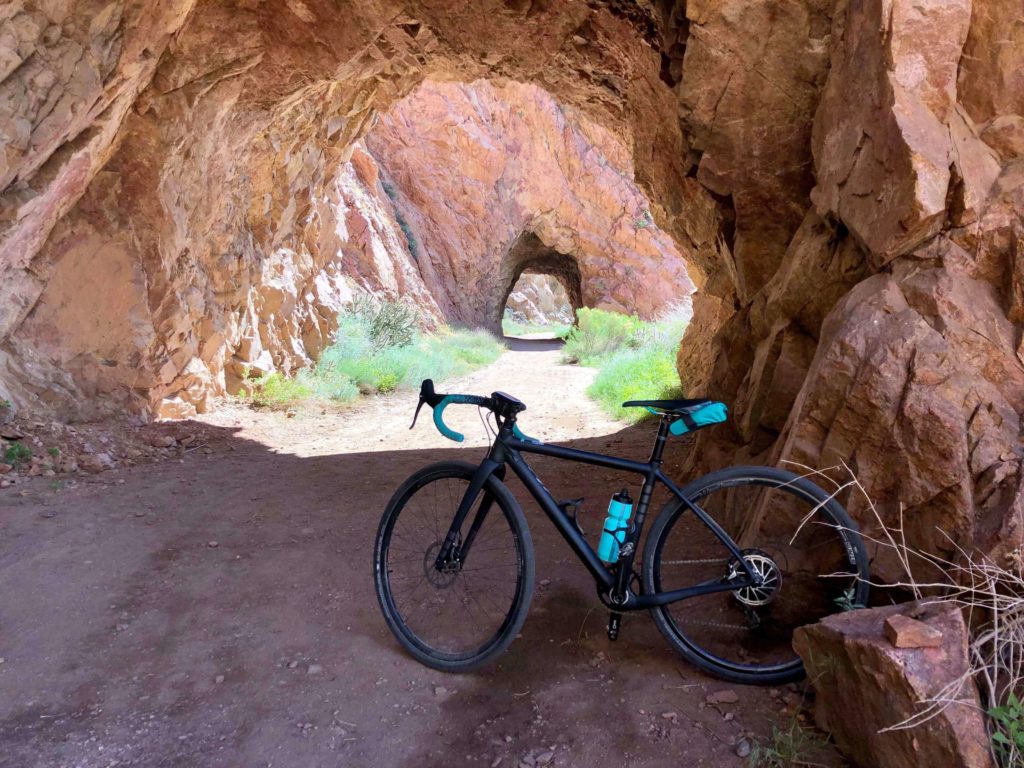
Teresa’s gravel bike on a pedestrian/bike path near Canon, CO.
Gravel bikes are probably one of the newer configurations on the bike market. Some may confuse them with a hybrid, but the style is much more like a road bike with the drop bars. Gravel bikes have a very similar, if not almost identical, configuration to the road bike, but typically they have a slightly more relaxed geometry, meaning they position the rider slightly more upright and not quite as aggressively as a road bike. The frame geometry is also slightly different, so as to give the rider a more comfortable ride than a typical road bike. A gravel bike can also fit wider tires, with some allowing a tire as wide as that of a mountain bike. The gearing is usually a mix between road bike gearing and mountain bike gearing, meaning you may not have the gearing to get you going as fast as a road bike, but you’ll have some easier gearing for climbing or spinning on a gravel or dirt road. Many gravel bikes also come equipped with lugs for mounting fenders and panniers, extra bottle cages, or other accessories. Gravel bikes are very popular among bike backpackers.
A gravel bike may be the one to consider if you want a bike that you can take on dirt but also works well on the road. By simply having two separate sets of wheels, you could easily switch between gravel tires or road tires. Teresa and I are actually considering using our gravel bikes for double duty – road and gravel – especially for the RV where the carrying capacity of bikes can be limited.
- Advantages: Works well on dirt or road conditions; slightly less aggressive positioning than a road bike
- Disadvantages: Not quite as fast-rolling as a road bike
Electric Bike
The electric bike has actually been around for about 7 or more years now, but is recently really beginning to gain in popularity. Electric bikes can come in all the previous styles mentioned, so it’s really up to you to decide how you want to use the bike in general. Electric bike manufacturers are offering many options, from lower-cost introductory models to their high-end models. Most, if not all, major bike manufacturers are getting into the market, along with the many e-bike-only companies that have popped up over the years.
Electric bikes comes in different classes. Depending on where you plan to ride, be sure to understand the laws in regards to e-bikes. There are currently 3 categories or classes of e-bikes:
- Class I is a pedal-assist bike that provides electrical assistance up to 20 mph.
- Class II provides electrical power when pedaling or not pedaling, but stops giving electrical power when the speed reaches 20 mph.
- Class III provides electrical assistance when pedaling up to 28 mph.
Again, depending on where you’re riding, the laws of using an e-bike may differ. Some locations allow them, others do not, and the local town may have its own rules in place that contradict the state’s rules. E-bikes are great for the casual rider or older rider. With an e-bike, a “non-cyclist” will be more likely to ride, and can ride further without tiring. You can use the assist when you need it and pedal on your own when you do not.
In my opinion, I think if you’re new to cycling and not sure how much riding you’ll be doing, the e-bike may be the perfect option and make your riding much more enjoyable. E-bikes are heavy, so consider that when looking at racks and determining how you’ll be getting the bike on and off the rack. You may want to look at these two blog articles to get a little more insight on e-bikes: Gotta Have It and Gotta Have It: Fall 2019 Edition.
- Advantages: Requires less pedaling effort; allows you to ride longer/further than you may otherwise; great as a secondary mode of transportation
- Disadvantages: Heavy; may not be allowed on some paths or trails; requires charging
Summary
There is a lot more detailed info than I provided here and much can be found on the Internet, but I warn you: looking at bikes can be overwhelming. It will really come down to where and how you plan to ride your bike, and then finding the bike that fits your body and style of riding. I’ve been riding for over 30 years and own multiple bikes, and each rides differently and has a unique character all its own. My best advice to you is to stay away from the “cheap” bikes… don’t go to the big stores like Walmart or Target to find your bike. Go to a reputable bike shop, one with individuals that ride and know bikes, and spend the extra money to get a bike that fits! Good bike shops will fit you to your bike and make sure you are getting the best bike for your body type and your needs. It will be an investment that will make you happier from the beginning and make your cycling adventure much more enjoyable.


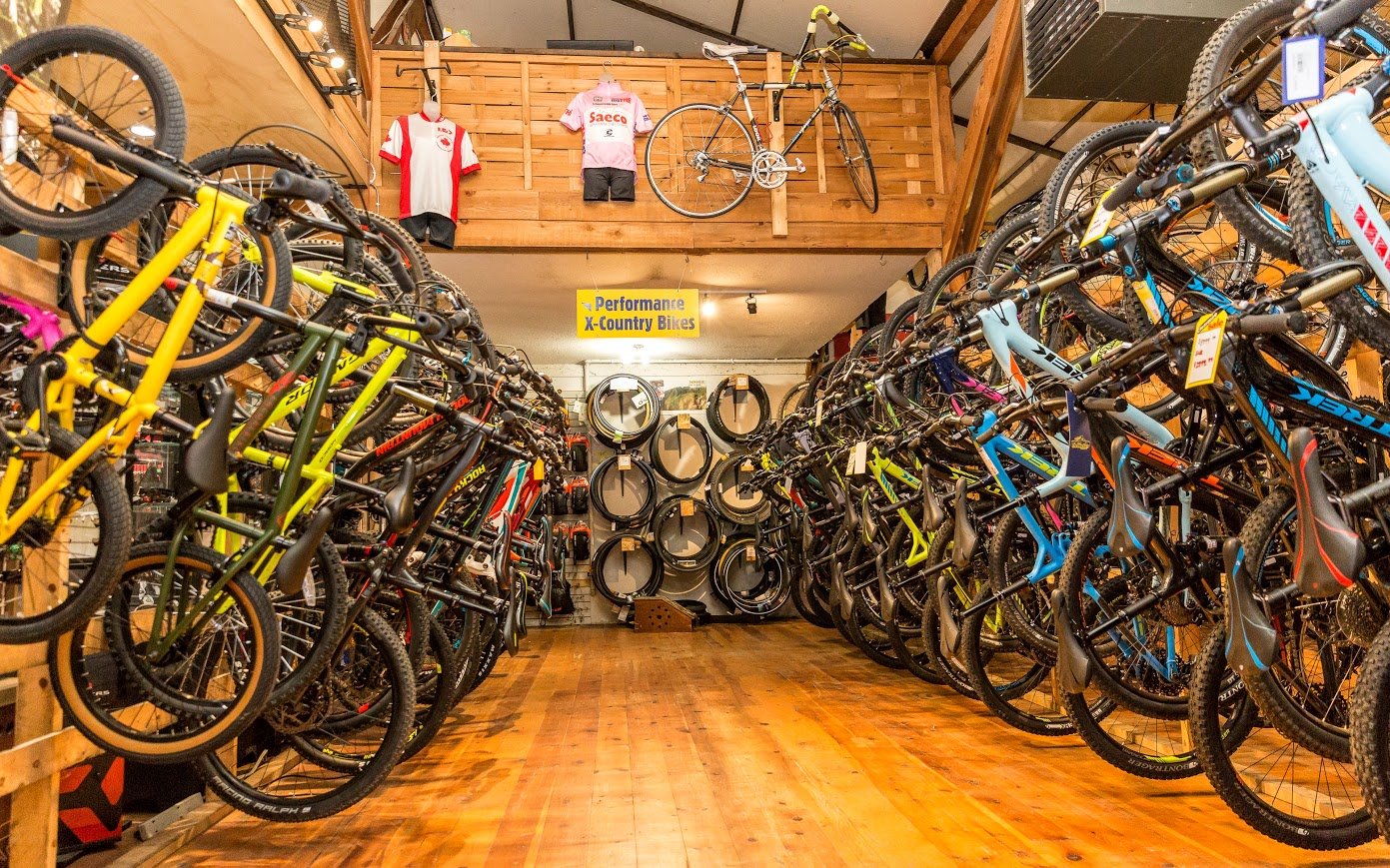
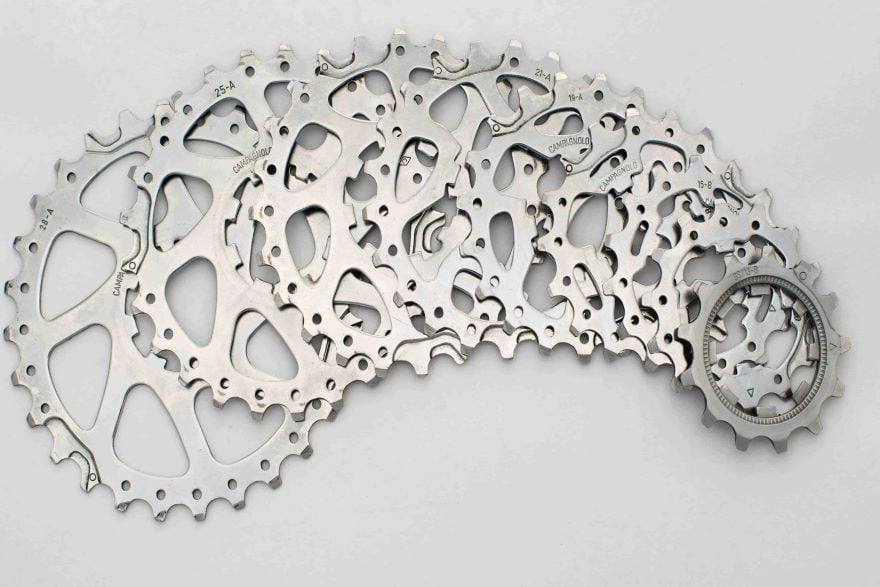
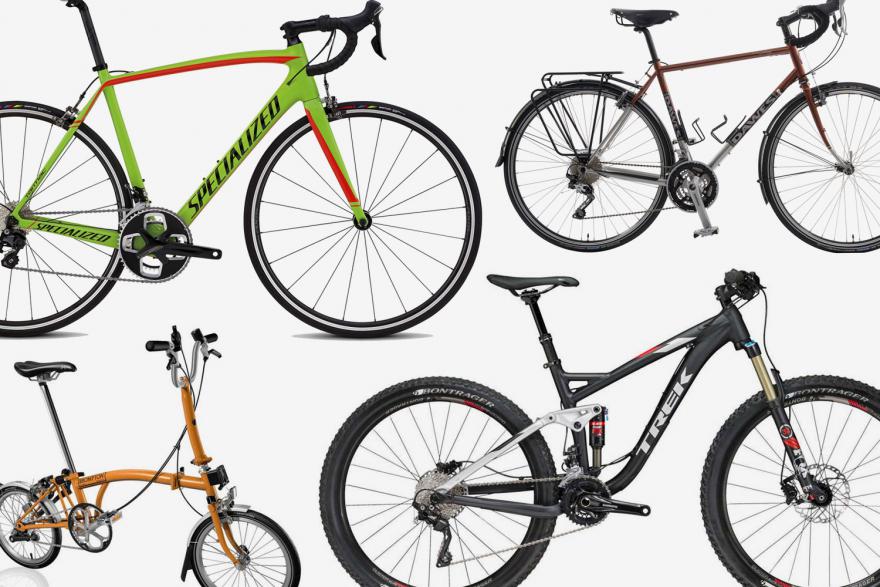
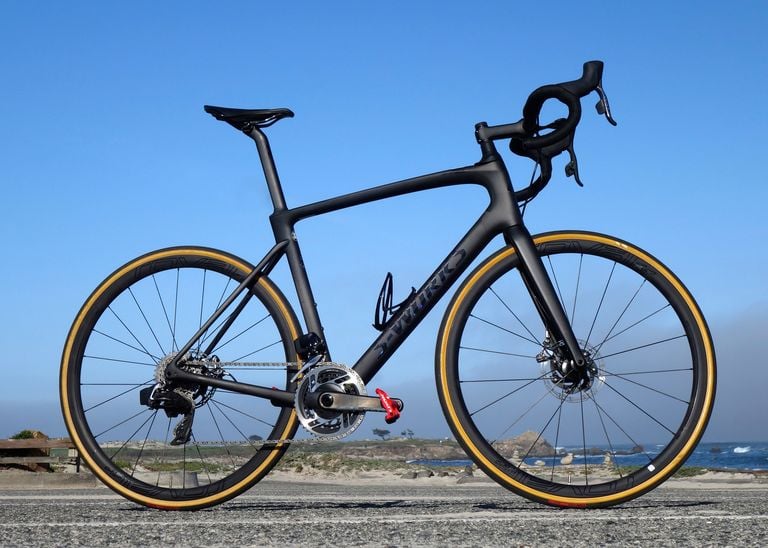
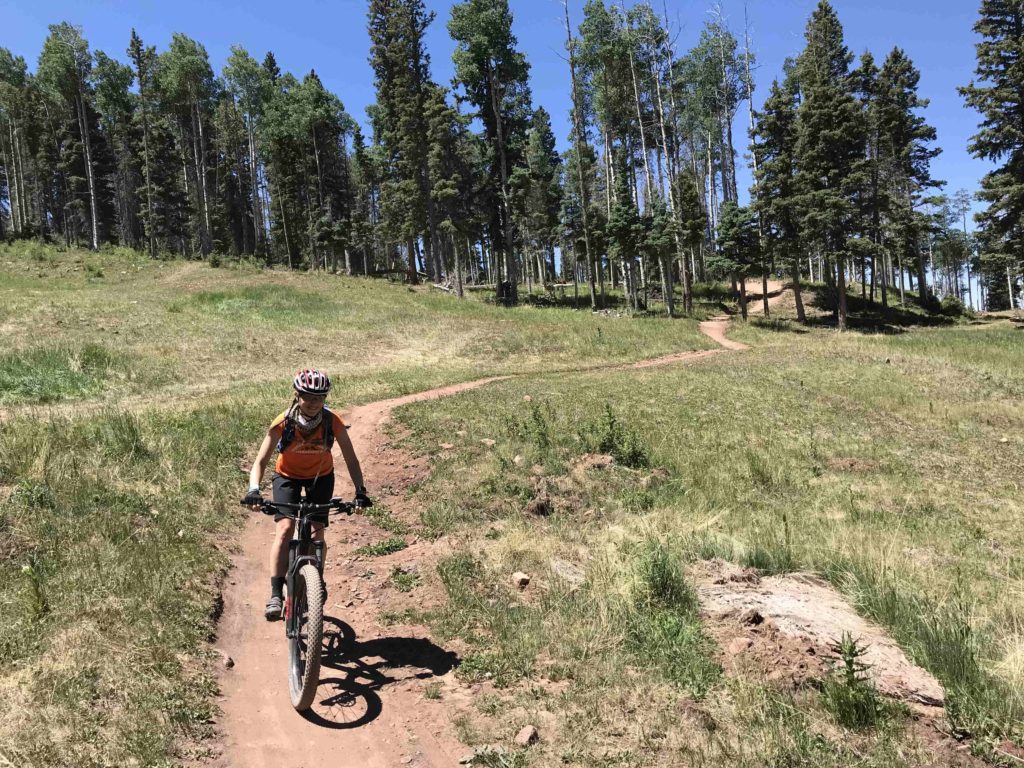
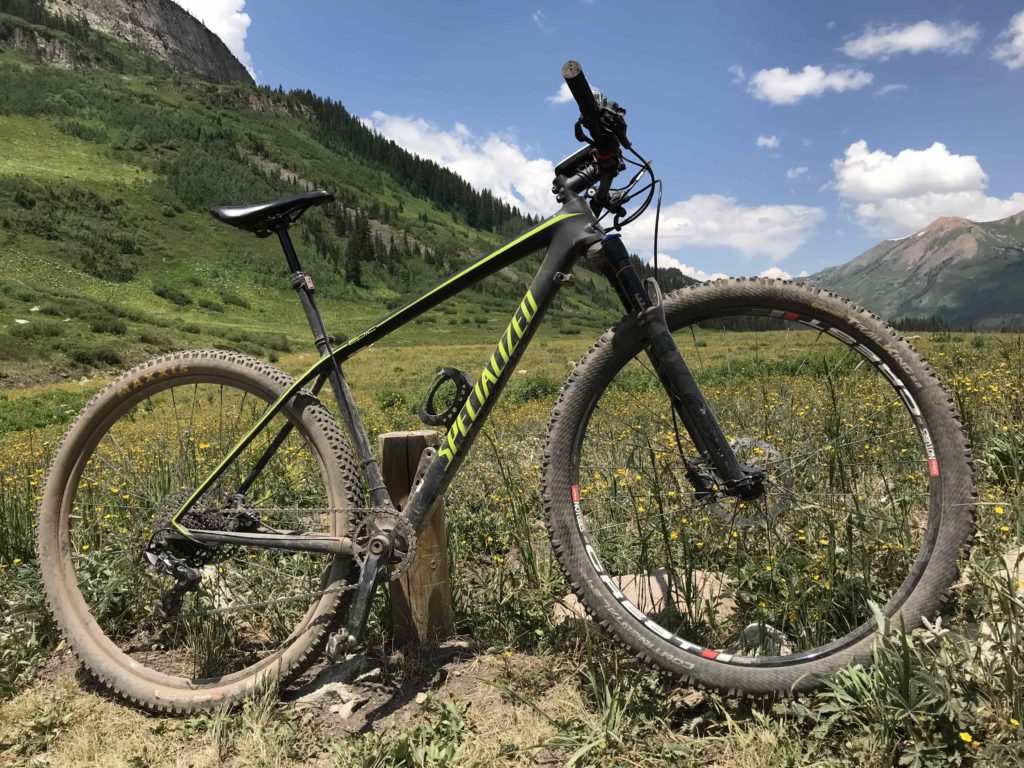
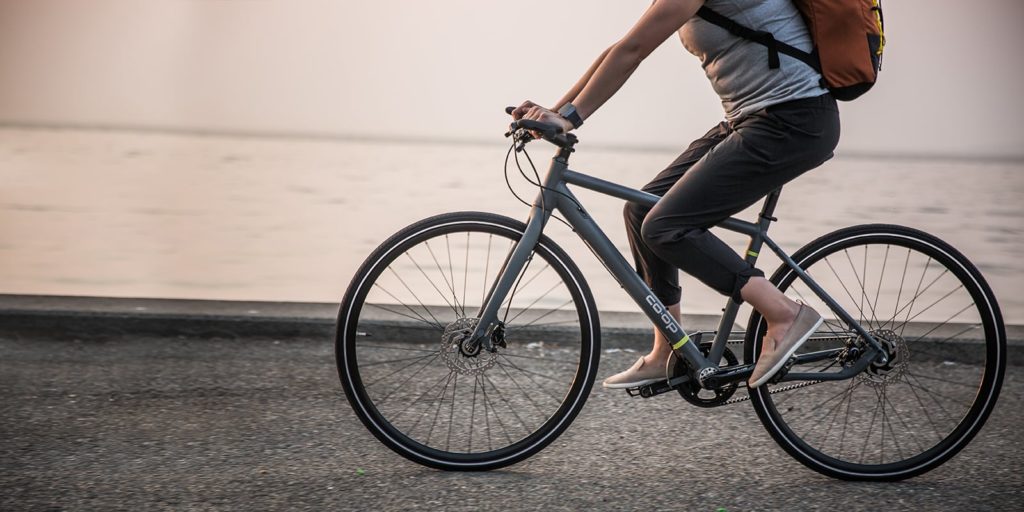
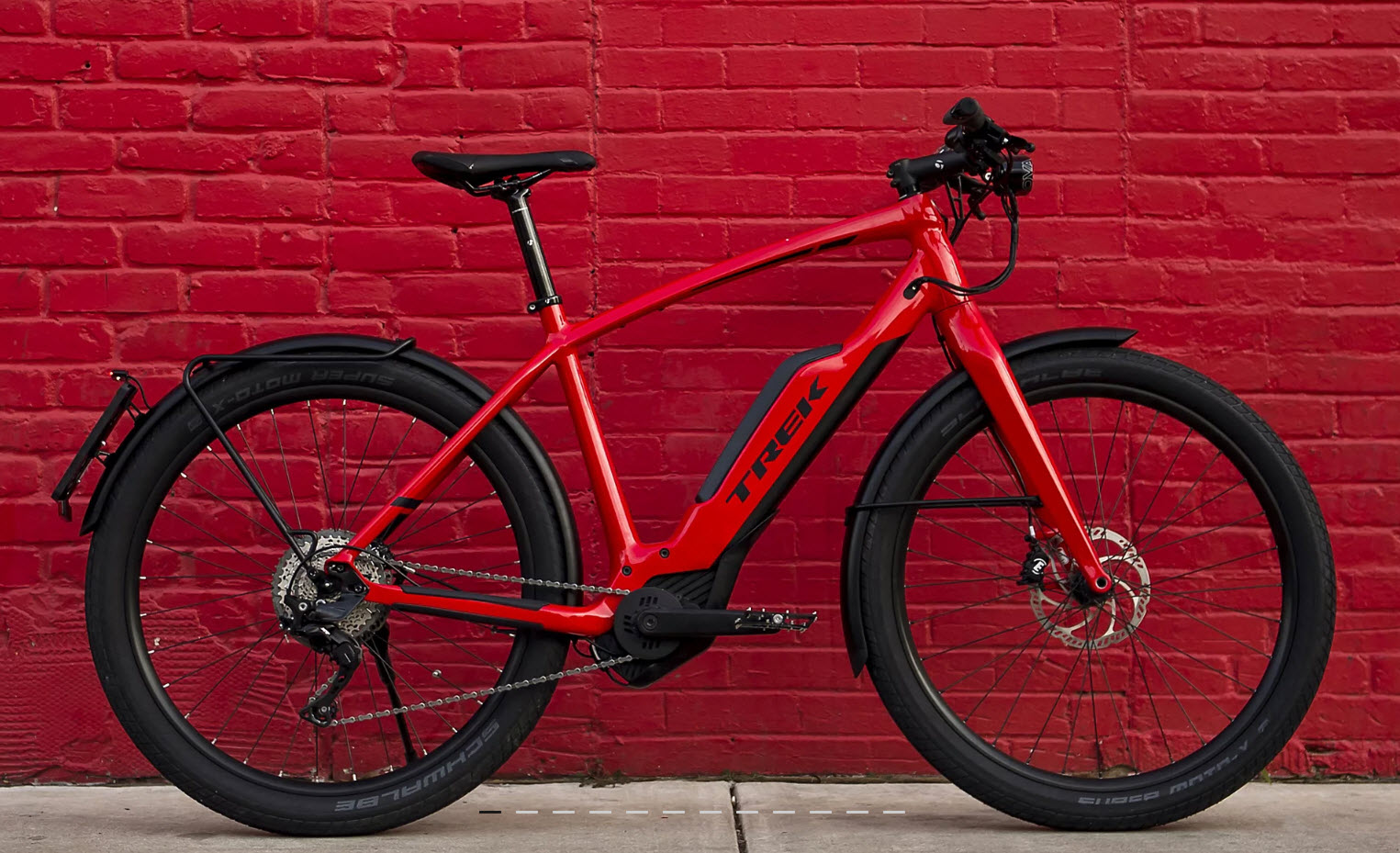
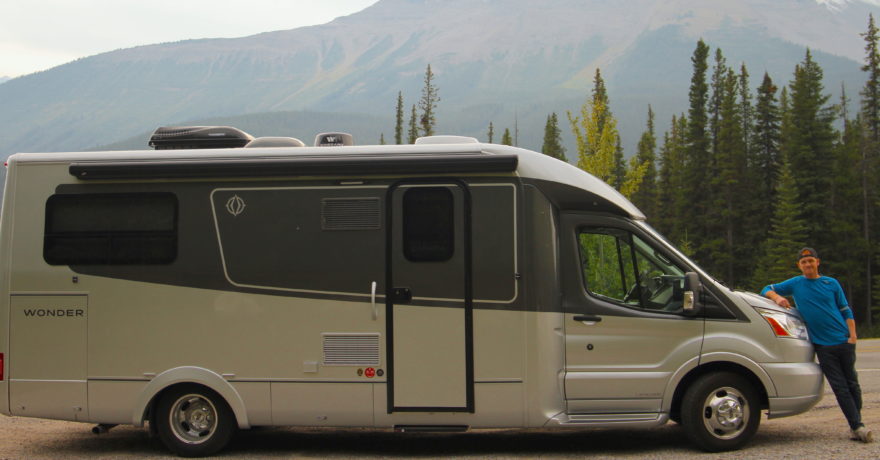
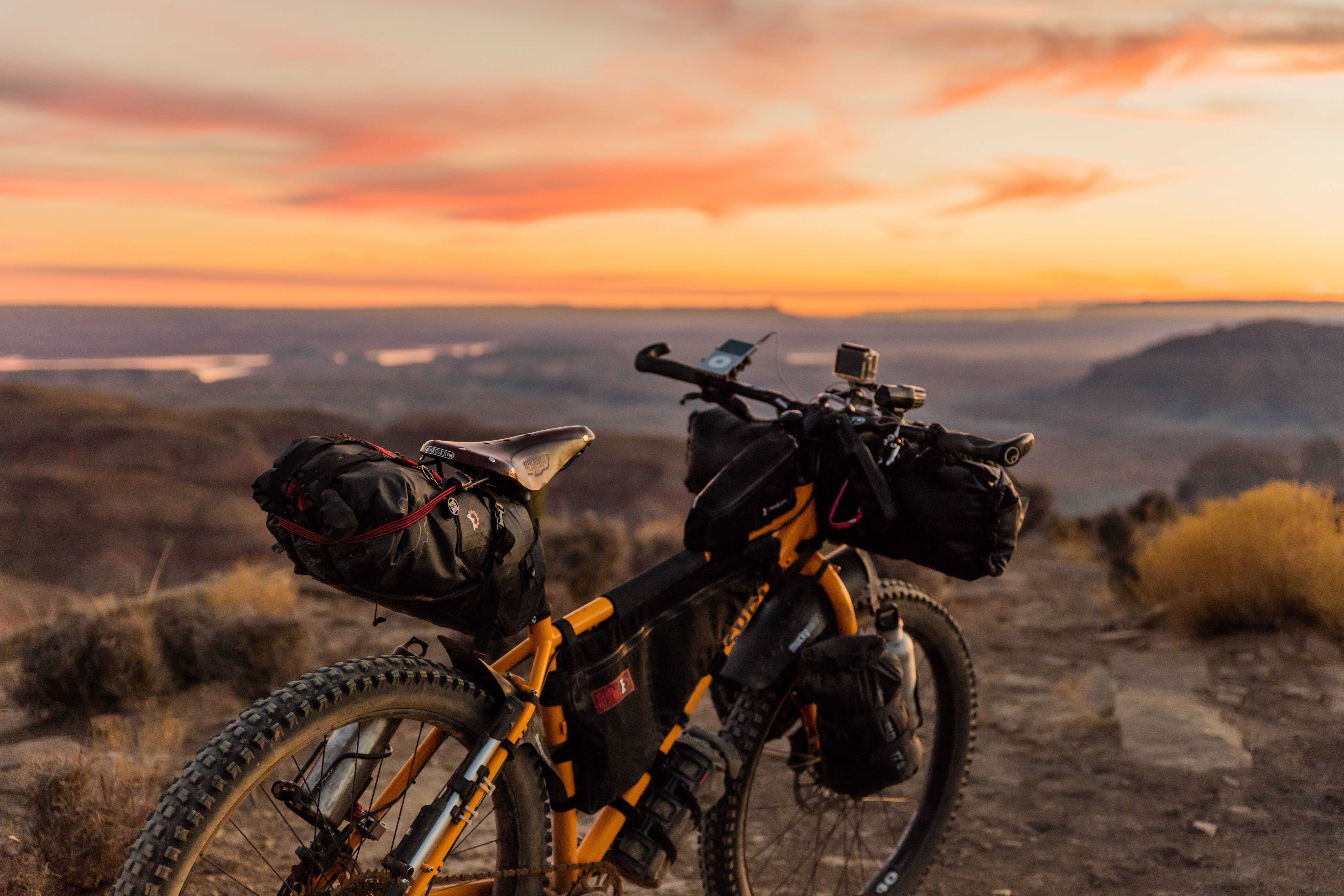
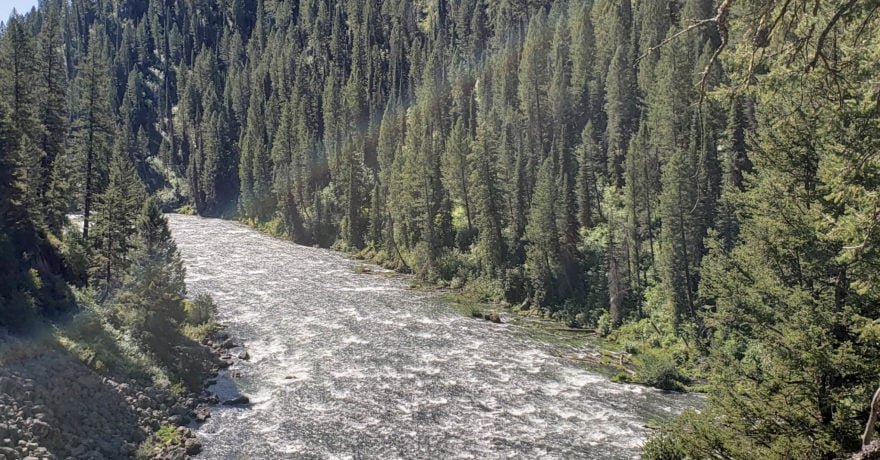
Comments